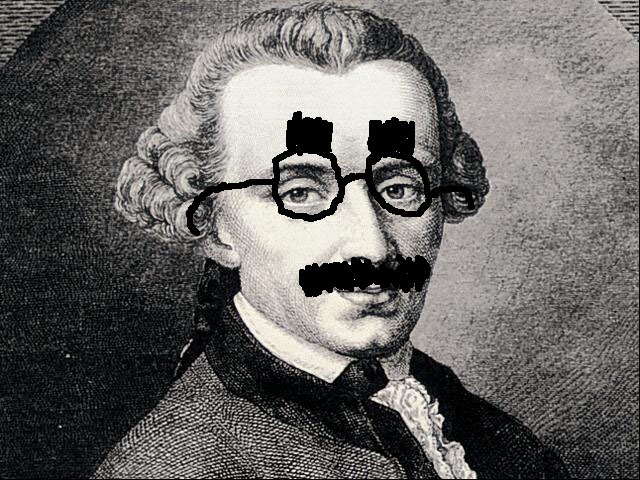Greenburg was the most influential art critic of the twentieth century. In the opening paragraph of his “Modernist Painting” (1960), Greenburg made a big claim:
“Because he was the first to criticize the means itself of criticism, I conceive of Kant as, the first real Modernist.”

Greenburg’s earlier “Avant-Garde and Kitsch,” published in Partisan Review in 1939, was a mostly Marxian critique of bourgeois (capitalist/commercial/bad) art, which he feared was taking over the kitschy middlebrow West and tempting artists away from their true (socialist/revolutionary/good) calling. Yet by 1960 he had evolved some in his thinking and saw ‘abstract expressionism’ (think Jackson Pollock) as a better way than ‘social/socialist realism.’
But what on earth could he mean by saying that modernist art of the 20th century was first a phenomenon of an 18th-century philosopher? In this interview conducted in Norway, Jan-Ove Tuv and I explore the connections between Kant’s Critiques and the Modernist and Postmodernist art worlds.
Related: My primer on Kant’s “Copernican Revolution” in philosophy—away from objectivity to subjectivity—in his foundational Critique of Pure Reason: